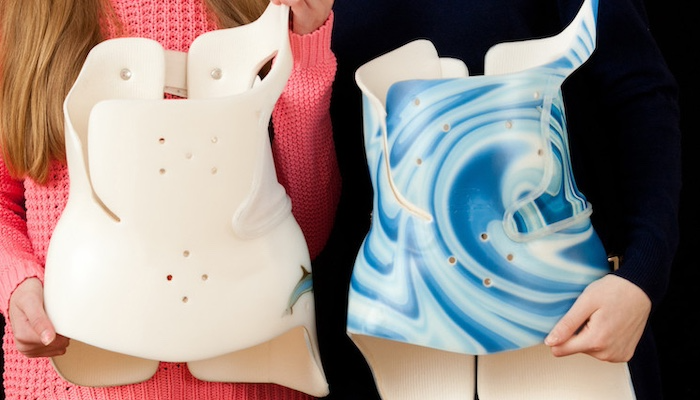
Even though rigid bracing has been the standard nonsurgical treatment for scoliosis for decades, there remains some debate over its effectiveness. Some medical professionals argue that rigid bracing is no more effective than observation or alternative therapies like soft braces or exercises.
Below is an explanation of why current evidence supports rigid bracing as the most effective nonsurgical method for preventing scoliosis curve progression.
Why Bracing Has Been Hard to Prove
Several factors contribute to the ongoing debate regarding the effectiveness of scoliosis bracing:
- Limited Randomized Control Trials: While numerous studies indicate that rigid bracing reduces the risk of curve progression, most studies have been small and non-randomized. Without randomized control groups, the results are less robust and do not meet the highest scientific standards.
- Challenges in Conducting Randomized Trials: There are valid reasons why more studies on scoliosis bracing do not use randomized control trials. Few parents would agree to a random assignment determining their child’s treatment. Additionally, if a particular treatment (like bracing) is already considered superior, it may be unethical to withhold it from some patients in favor of an inferior or no treatment.
- Inaccurate Brace Usage Reporting: For years, studies relied on patients and parents to report how many hours the brace was worn daily. Many patients either exaggerated their compliance or struggled to keep track. Consequently, some studies that failed to demonstrate the benefits of bracing likely included participants who weren’t following the prescribed regimen. New technologies like heat sensors provide more accurate data on brace usage.
- Incorrect Brace Design or Usage: In some cases, braces were either poorly designed or didn’t fit properly. Other times, the brace wasn’t worn tightly enough, or it became loose during sleep without the patient realizing it.
- Bracing Doesn’t Work for Everyone: Even when followed correctly, bracing isn’t effective for every patient. Certain curves, particularly those that start in early childhood, may be more prone to progression, regardless of treatment.
In 2013, a study published in The New England Journal of Medicine offered the strongest evidence to date that rigid braces are effective for scoliosis. Unlike previous studies, this one included over 100 patients in a randomized trial. Most experts agree that this study solidified the medical community’s long-standing recommendation for bracing.
Rigid Braces vs. Soft Braces
One significant drawback of rigid braces is discomfort, leading many adolescents—and their parents—to reject them. This has driven researchers and companies to develop soft braces as a more comfortable alternative.
Soft braces use flexible fabric and adjustable straps that cross the body in various directions, offering a less restrictive fit. Despite being marketed as effective, scientific data does not support the claim that soft braces work as well as rigid ones. In one case, a study suggesting soft braces were effective had to be retracted due to undisclosed ties between an author and a soft brace manufacturer.
Exercise Alone Cannot Replace Bracing
There is ongoing debate about whether specialized exercises, such as physiotherapeutic scoliosis-specific exercises (PSSE), can reduce the need for rigid bracing or surgery. Although some studies have shown that certain exercises can help reduce curve size, the scientific evidence remains weak.
Currently, experts recommend exercise as a beneficial practice for maintaining back strength and flexibility, whether scoliosis is present or not. However, for curves at risk of progression, exercise should complement, not replace, bracing—especially if the curve is already progressing rapidly or is 25 degrees or more.
Precision Pain Care and Rehabilitation has two convenient locations in Richmond Hill – Queens, and New Hyde Park – Long Island. Call the Queens office at (718) 215-1888 or (516) 419-4480 for the Long Island office to arrange an appointment with our Interventional Pain Management Specialists, Dr. Jeffrey Chacko or Dr. Sonny Ahluwalia.















